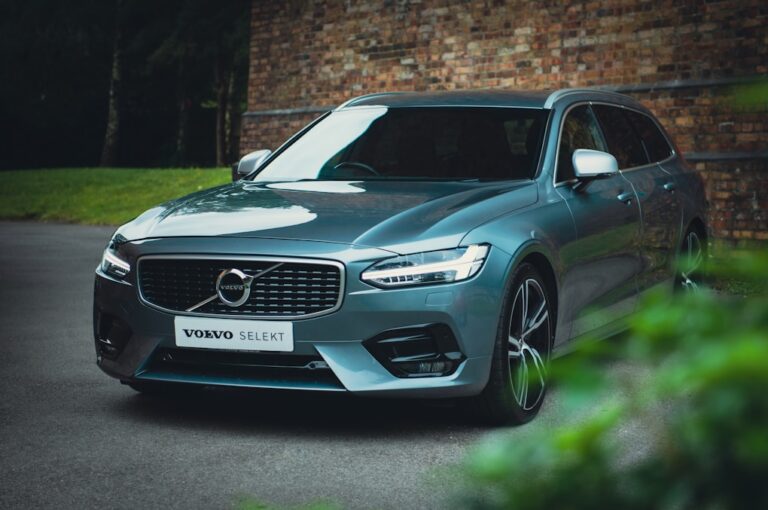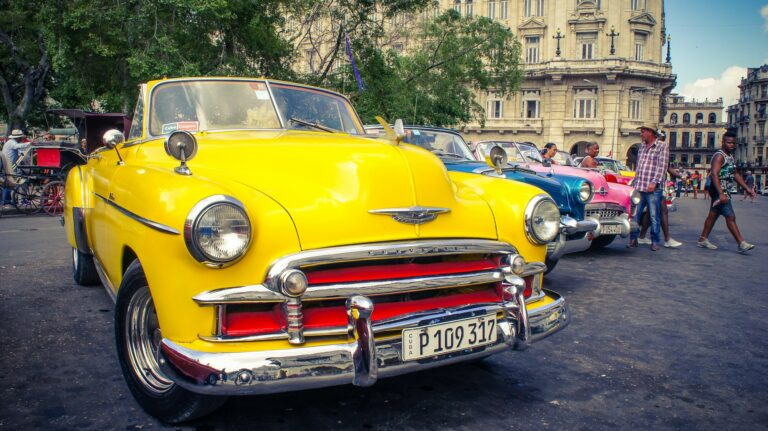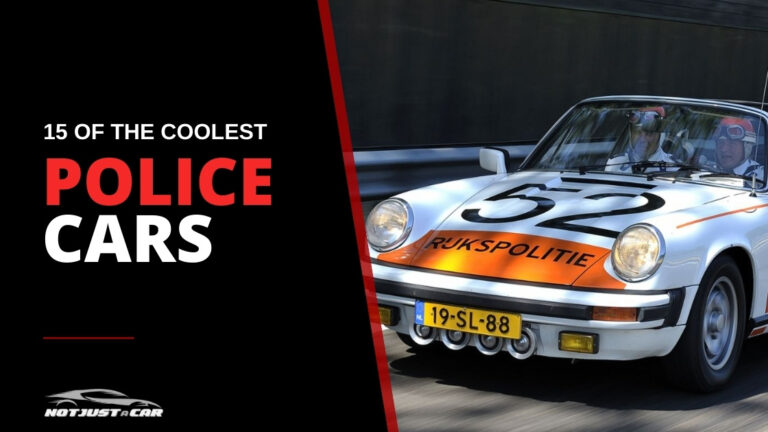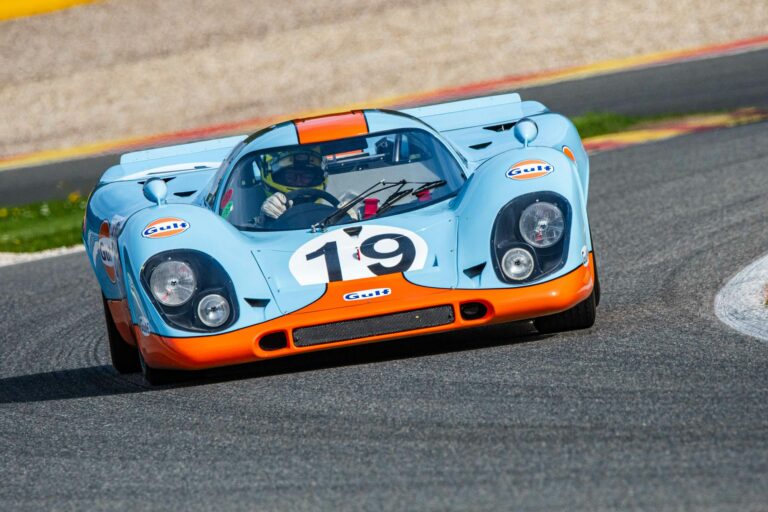The REAL Reason Old Volvos Are So Indestructible
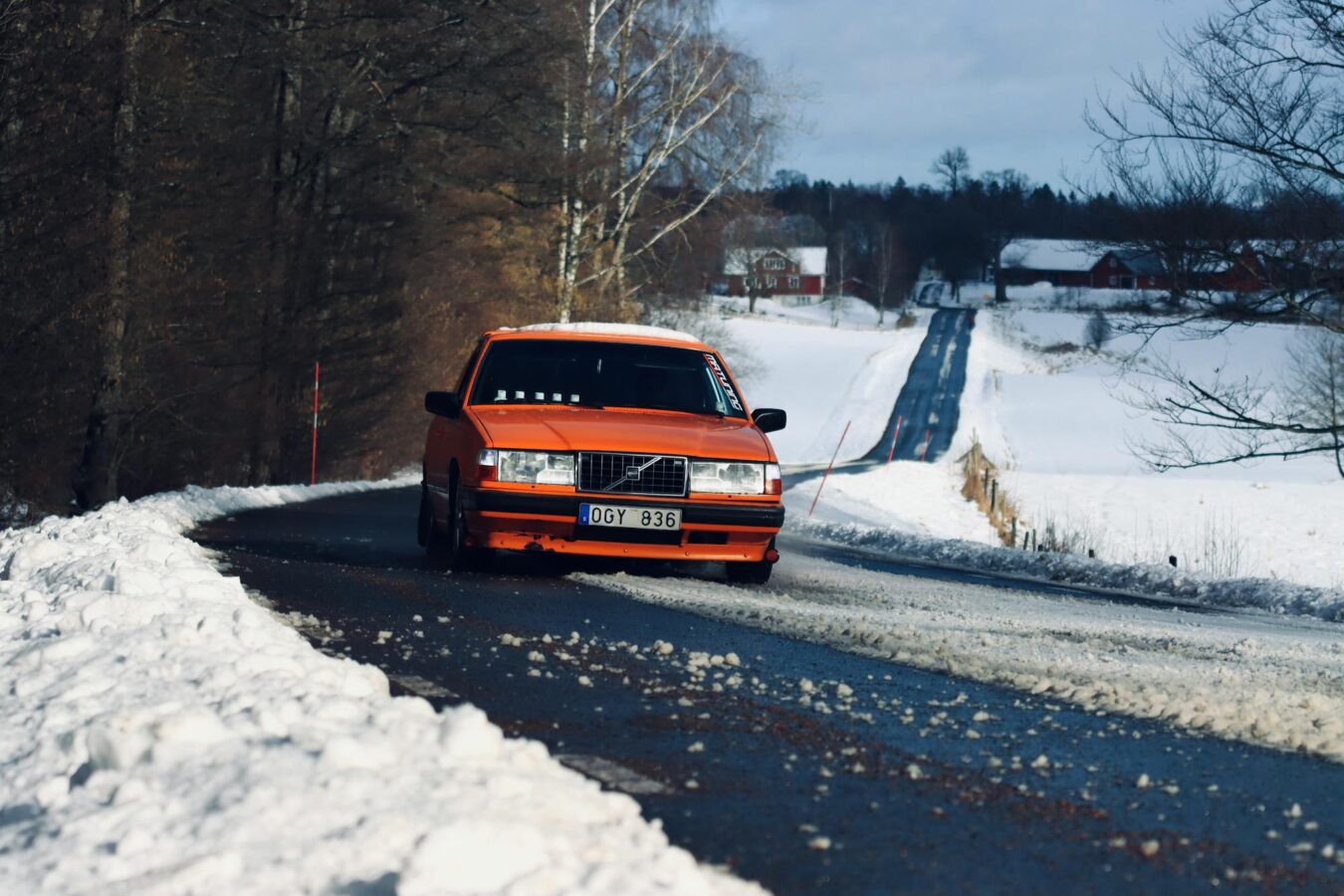
Ask anyone why old Volvos were built like tanks, and you’ll probably hear “Swedish steel” – but that’s just scratching the surface. The real reason these cars kept going for seemingly forever goes much deeper than just the metal, focusing on pioneering crash safety, genuinely over-engineered components, and brilliant, simple designs that made them a dream to repair.
The Unbreakable Volvo Blueprint
- Old Volvos prioritized crash safety from the ground up, not just material strength.
- Many components were over-engineered for extreme durability and longevity.
- Their designs were simple and repairable, fostering a strong DIY culture.
- Volvo’s commitment to long-term ownership shaped their robust engineering.
Beyond the ‘Swedish Steel’ Myth
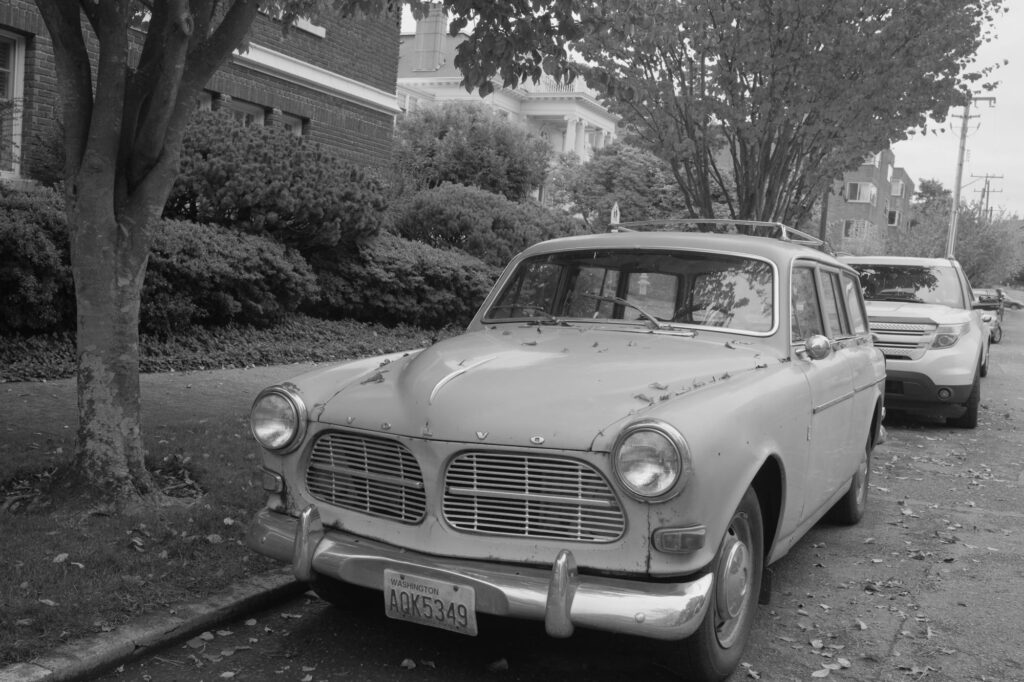
Everyone goes on and on about “Swedish steel,” right? Like it was some magic alloy only Volvo had access to. Tbh, while the steel was good, it wasn’t the sole secret sauce. The real deal, the actual reason these cars were so robust, was Volvo’s obsessive focus on crash safety. This wasn’t just about making a car that survived a crash; it was about making one that protected its occupants.
Think about it: when you design a car to absorb massive impact forces, you’re inherently building a stronger, more rigid structure. Volvo pioneered so much of what we take for granted today.
They introduced the three-point seatbelt in 1959, and the most insane thing is not that, but the fact that they then made it available to other manufacturers because protecting people was more important than patents, like seriously who does that anymore?
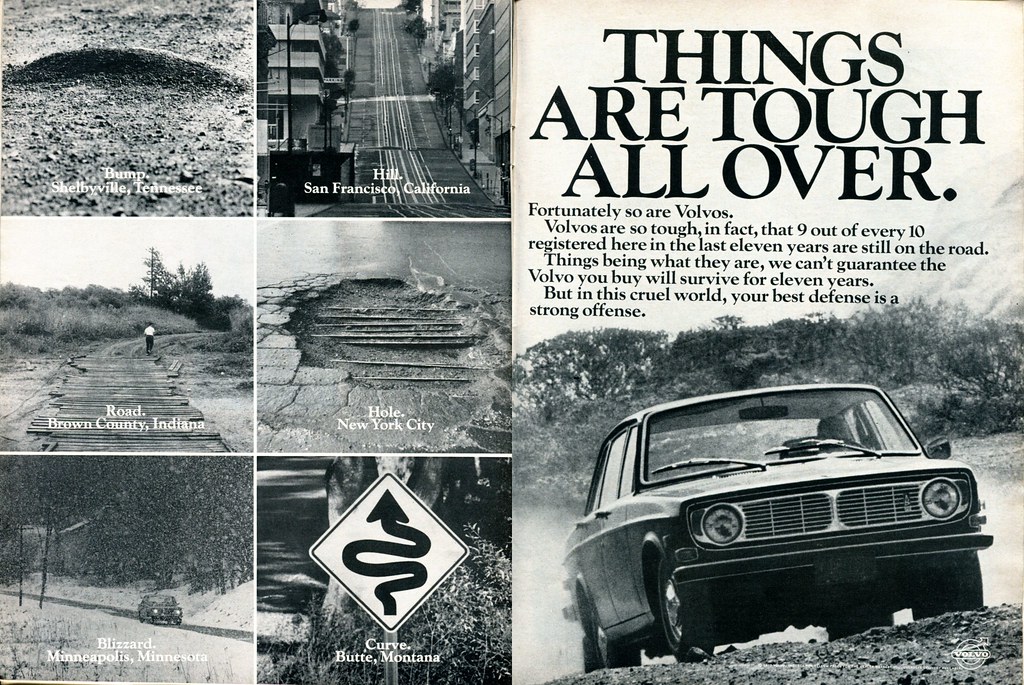
Later, they developed crumple zones, side-impact protection systems (SIPS), and even whiplash protection (WHIPS) long before many others caught on. This constant push for safety meant their chassis, their subframes, their door beams—everything—was built to withstand forces that would buckle lesser cars. So as you can see, it wasn’t just steel; it was how they used the steel, the structural integrity of the unibody, and the way everything was tied together. That’s what made them feel like a brick, in the best possible way.
Over-Engineering for the Long Haul
This is where it gets good. Volvo just… massively over-engineered so many parts. We’re talking components built to last way longer than the typical ownership cycle. Take the legendary “Redblock” B230F engine, found in countless 240s, 740s, and 940s from the late 70s through the 90s.
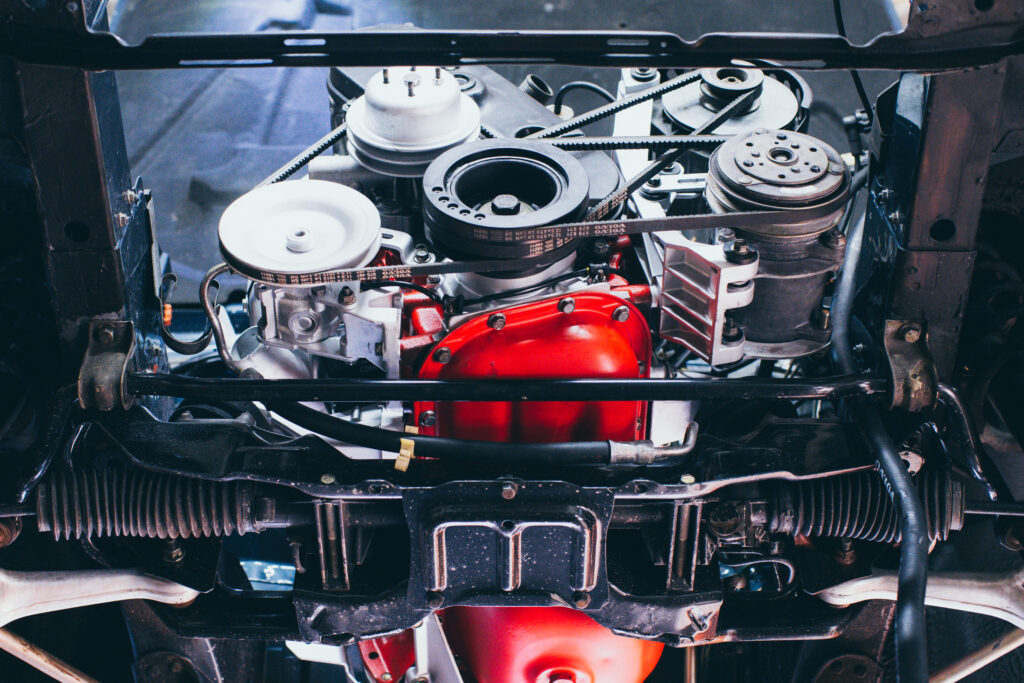
That thing is BULLETPROOF. Cast iron block, simple overhead cam design, non-interference. You could forget to change the oil for like, a YEAR, and it would probably still fire up. Okay, maybe don’t actually do that, but you get the point (battery might be dead at that point anyway lol).
These engines regularly hit 300,000 miles, 400,000 miles, even 500,000 miles with basic maintenance. I saw one guy on a Volvo forums thread bragging about his 1992 240 wagon hitting 600k miles on the original engine and transmission. Crazy.
It wasn’t just engines, though. The transmissions, especially the manual M46/M47 and the automatic AW70/AW71, were incredibly robust. Suspension components were often chunky, overbuilt for Scandinavian roads and harsh winters. Even the electrical systems, while sometimes quirky, were generally simpler and more robust than many contemporaries. They weren’t chasing the cutting edge of tech; they were chasing RELIABILITY and DURABILITY.
They wanted a car that would start every single time, no matter what. That’s the vibe. It’s like, they designed these cars with the expectation that you’d own them for 20 years, not 5, like it happens today unfortunately with so many manufacturers.
Designed for the Wrench, Not the Shredder
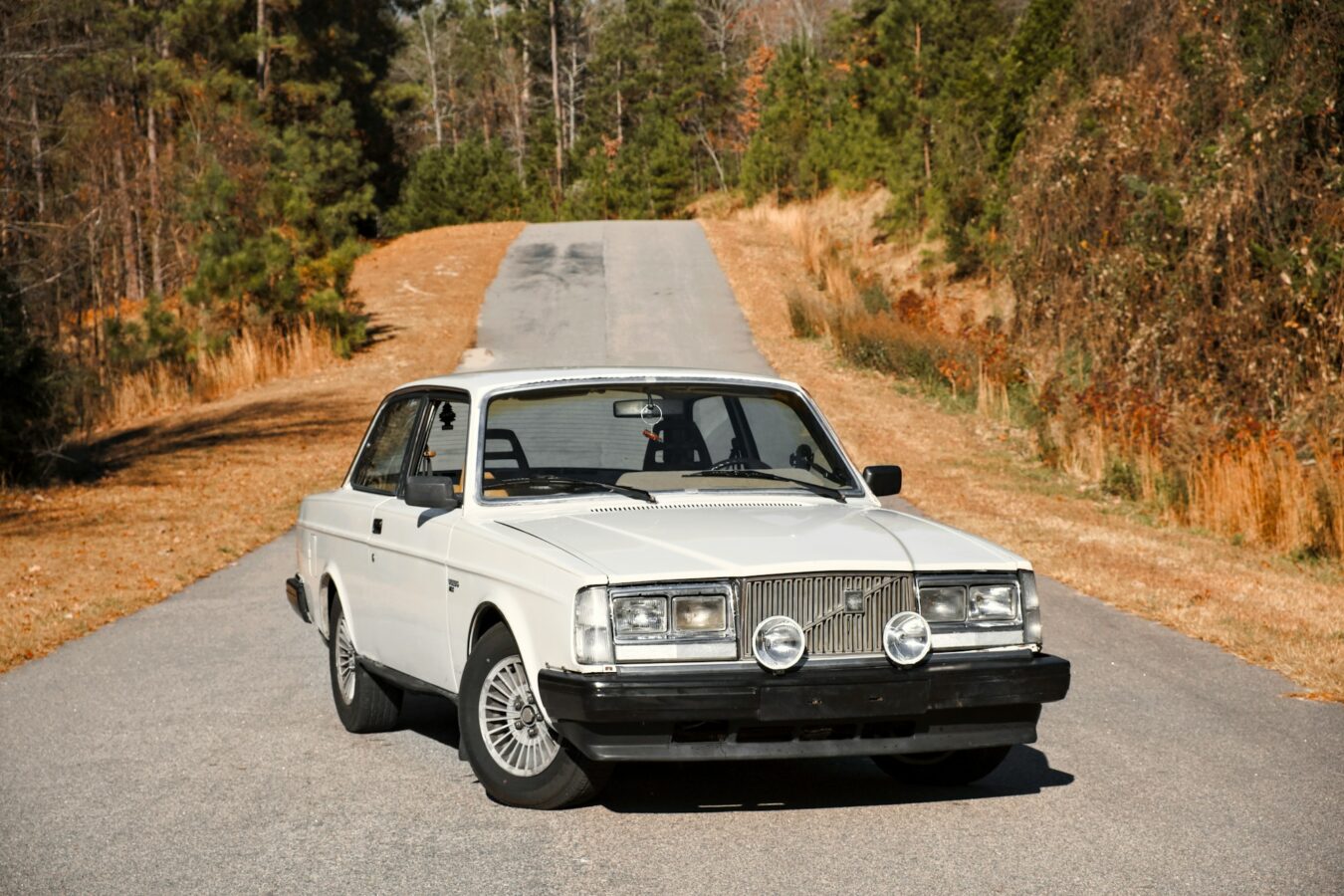
Another HUGE factor in their “indestructibility” is how incredibly simple and repairable these cars were. Modern cars, are packed with electronics, complex modules, and require special tools for seemingly basic tasks. Old Volvos? Not so much. Pop the hood on a 240 and you’ll see so much space, you could practically sit inside the engine bay. Everything is accessible. Spark plugs? Easy. Oil filter? Right there. Need to replace a sensor? Often a single wrench job.
This design philosophy fostered an incredible DIY culture. There are entire communities, forums, and even dedicated businesses built around keeping these old Volvos on the road. Parts are still widely available, and often surprisingly affordable, both new and used.
A timing belt on a B230F? Maybe an hour’s work for an experienced DIYer. Try that on a modern, cramped engine bay.
The electrical diagrams are straightforward, the mechanical systems are logical. They didn’t pack them full of proprietary black boxes that failed and cost a fortune to replace. This meant that when something did eventually wear out – because everything does – it was often a straightforward, affordable fix. This keeps cars on the road, extends their life, and contributes massively to their reputation for durability.
A Legacy of Longevity
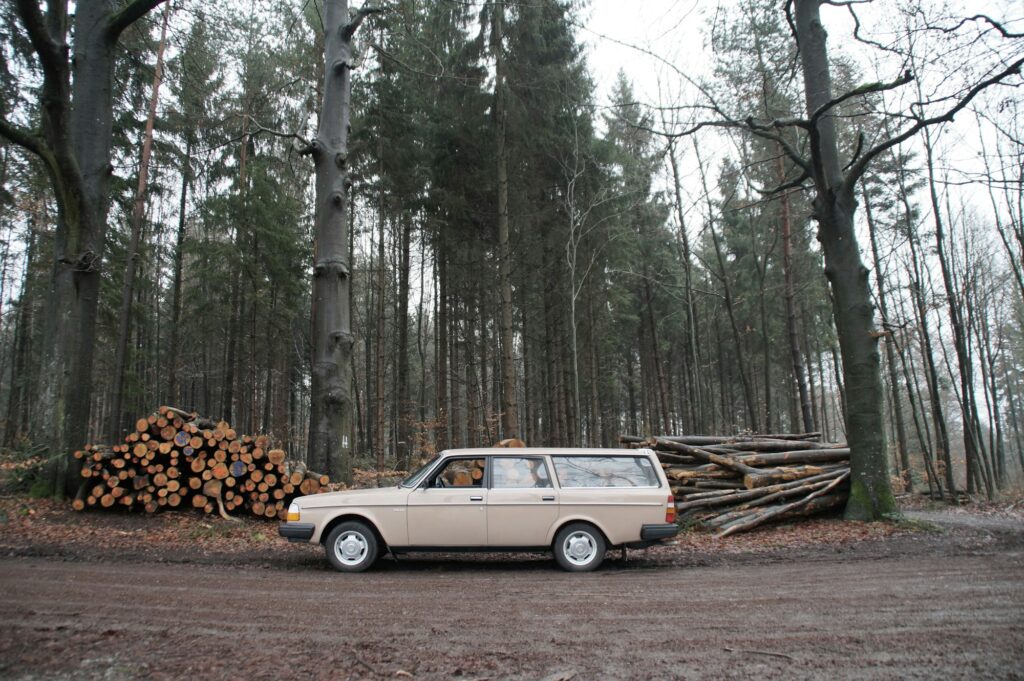
Ultimately, the “indestructible” nature of old Volvos stems from a corporate philosophy that genuinely valued safety and longevity above all else. From the moment they put that three-point belt in the PV544 back in ’59, Volvo was on a different path.
They didn’t build their cars with Nurburgring lap times in mind, no, instead they focused on building transportation solutions for families who needed something reliable, safe, and durable enough to handle everything from daily commutes to long, harsh journeys.
The 240 series, produced from 1974 to 1993, is perhaps the best embodiment of this. It was refined over nearly two decades, with incremental improvements rather than radical redesigns. This long production run meant parts commonality, known issues were ironed out, and mechanics became intimately familiar with them.
The later 740, 940, and even the early 850/S70/V70 generations carried much of that DNA forward, albeit with more modern styling and amenities. They were designed to rack up hundreds of thousands of miles, to be passed down through families, and to withstand the test of time, both physically and mechanically. It’s a design ethos that’s kinda rare these days.
Oh and on a slightly different note, it saddens me a bit to hear about Volvo’s plans of scrapping wagons from their future lineup. Even though they still focus on safety very much, I guess they wanna focus on models that sell, primarily SUVs.
FAQ About Old Volvos’ Durability
Why are old Volvo 240s so durable?
The Volvo 240 combined an over-engineered Redblock engine, robust chassis designed for crash safety, and a simple, repairable design that made maintenance and longevity easy.
Is “Swedish steel” the main reason old Volvos are tough?
Not really; while the steel was good, the primary reason for their robustness was Volvo’s pioneering focus on crash safety and the resulting structural integrity of their vehicle designs.
What is the “Redblock” engine known for?
The Redblock engine (B21, B23, B230F series) is legendary for its exceptional durability and ability to achieve very high mileages with basic maintenance due to its robust, simple design.
Are parts for classic Volvos still available?
Yes, parts for many classic Volvo models like the 240 and 740 are still widely available through aftermarket suppliers, online retailers, and dedicated enthusiast communities.
Did Volvo design their cars to be easily repaired?
Absolutely; old Volvos were designed with simplicity and accessibility in mind, making them very DIY-friendly and contributing significantly to their long lifespans.


